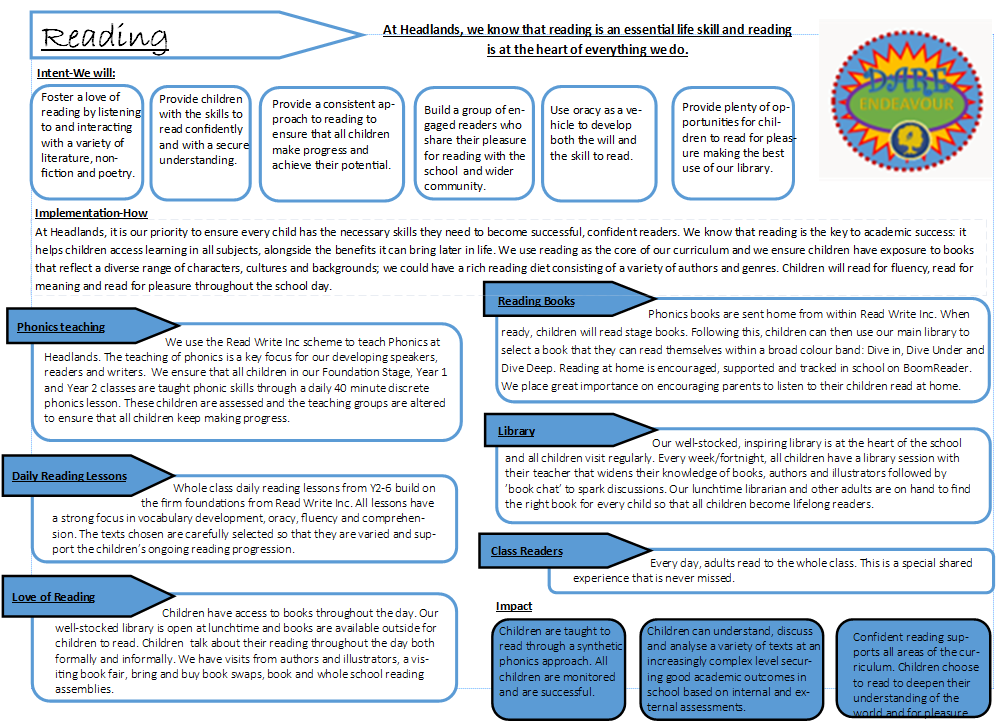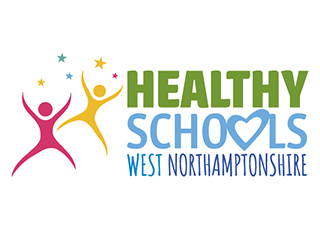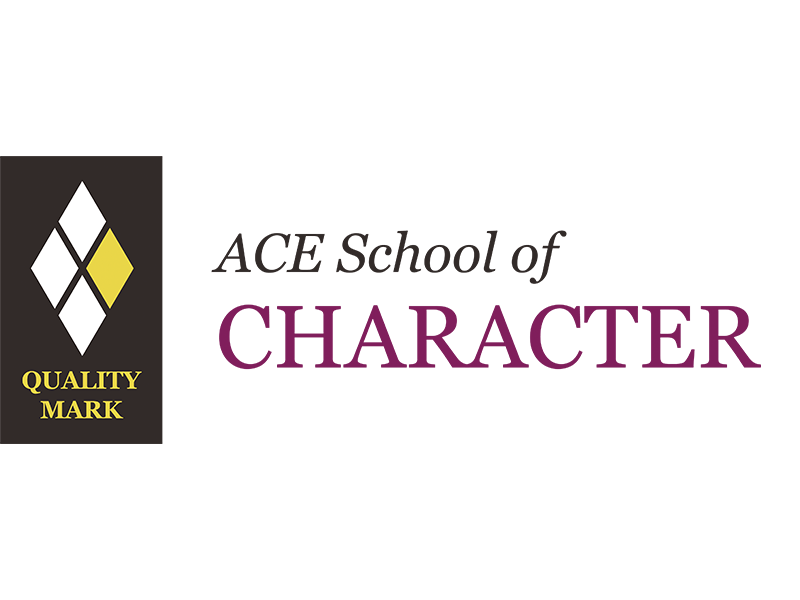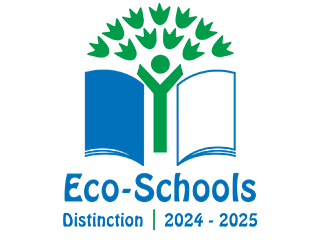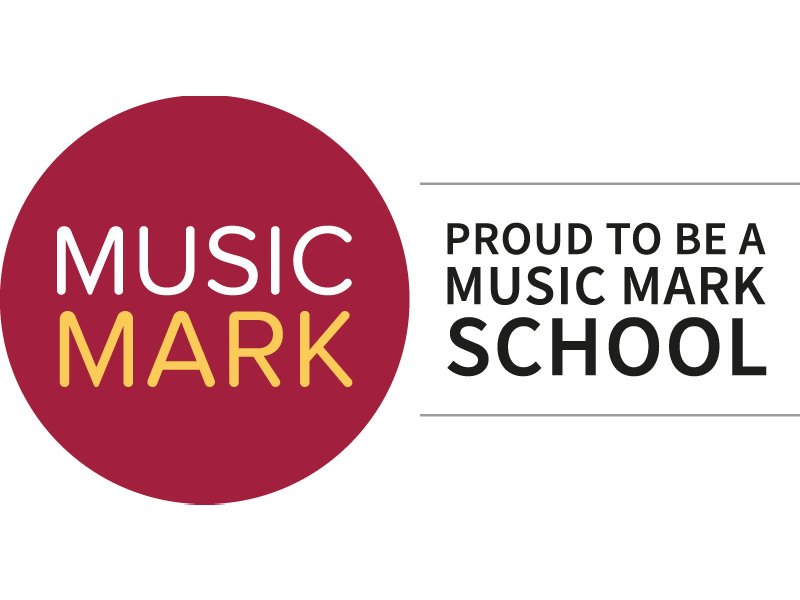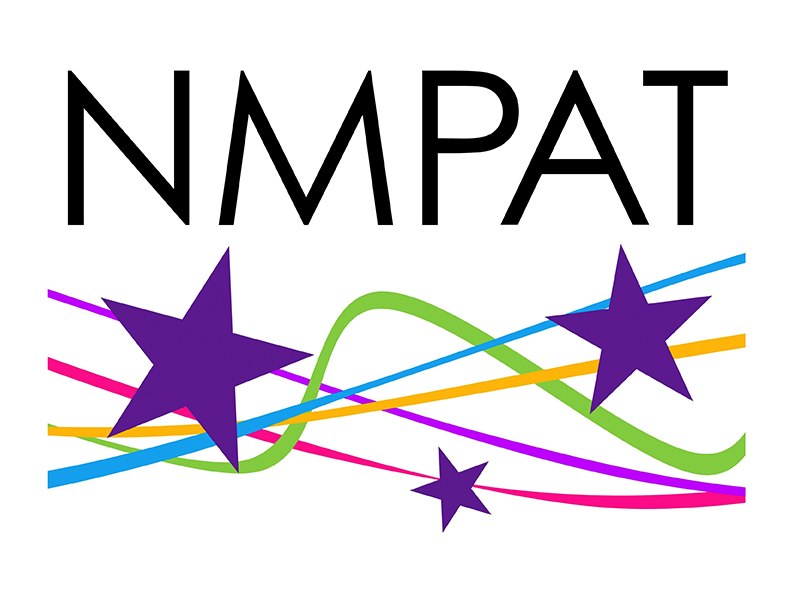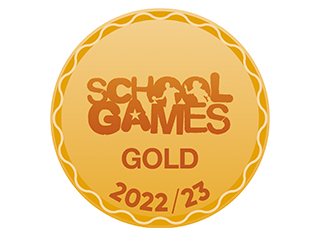Reading and writing spine
“Reading proves the master skill of school, so we need to nurture our pupils’ reading will and skill” Alex Quigley Closing the Reading Gap 2020
This document supports the English handbook which outlines in greater detail the way English is taught at Headlands including:-
- Read Write Inc Phonics
- A strategy for the teaching of reading
- A strategy for the teaching of writing
- Reading books for children
- Our library and our librarian
Why should there be a spine rather than teachers making their own choices?
“If teachers want to ensure maximum achievement in reading and maximum readiness for college, text selection needs and deserves greater attention and intentionality.” Doug Lemov Reading Reconsidered 2016
Why does the text choice matter?
“We are all made up of the stories that we tell ourselves, that have been told to us and about us. Who we are and who we become as individuals and a society is bound up in the fabric of these stories. As gatekeepers of the literature, teachers have a responsibility to nurture our readers of tomorrow through the stories that we share.” The power of a reading rich classroom CLPE 2020
Class read aloud text choices (fiction including poetry)
The text chosen have been selected to provide a breadth and range of genres, writing styles, voices and perspectives. The list includes both historical and contemporary fiction. The 5 plagues of reading (Doug Lemov) supported some choices. Books that spark emotions, allow children to experience fun, let them discover places they are not ready to go to alone have been included. Books that will affirm who they are, offer insights into worlds beyond their own and challenge and broaden their thinking are included. Most read aloud books are pitched beyond the independent reading ability of the children as reading aloud slows written language down and frees the children to imagine the scenes and moments. These books will build vocabulary by allowing the children to hear unfamiliar words in context, develop background knowledge, provide a reading role model and plant the desire to read.
Reading aloud will be developing communities of readers by ensuring that all children have shared experiences of a wide repertoire of books and can discuss these and make links between them. This shared experience will be built on each term and each year. Children will develop a sense of history and culture, an awareness of themselves and an empathy to others and (most importantly) the power of a great story or poem.
Texts to inspire writing including poetry
These texts have been chosen for most of the reasons above. They may not be pitched above the independent reading ability of the children and the illustrations have played a larger part in the choices (particularly with the older children in the school). These texts are to inspire writing and are used to develop the wider curriculum around the theme for the term. Teachers will plan writing lessons exploring the text and pictures to produce writing outcomes. The writing outcomes have been mapped over each year and throughout the school so that all children are producing all writing outcomes and making progress in the complexity of each outcome over time.
Non-fiction book choices
The texts chosen support the theme for each term and recently produced non fiction books and non fiction books that read like fiction have been included in the core texts for each term. Books have been chosen that will engage, are well presented with text and pictures, inform and stimulate children to ask questions and find out more.
Summary
This spine provides a small selection of the books that children will encounter over their time at headlands but it provides a rich and varied diet that will be embellished with many more books.
“I am part of everything that I have read.” Theodore Roosevelt
Reading Roads


